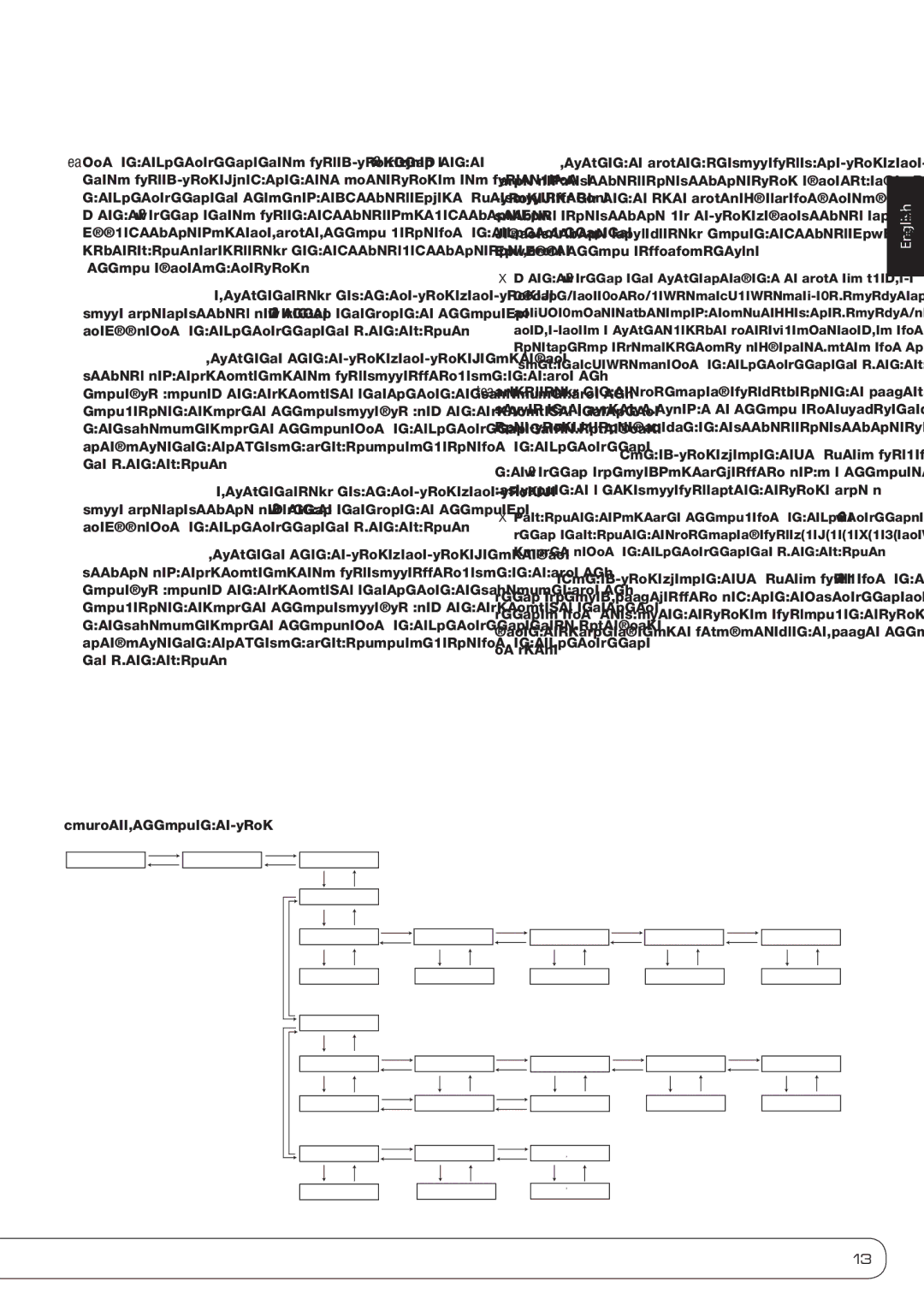MAS 110, MAS 100 specifications
Harman-Kardon MAS 100 and MAS 110 are two quintessential models in the realm of integrated audio systems, designed to deliver exceptional sound quality and versatile functionality for music lovers and audiophiles alike. These devices, renowned for their sleek design and powerful performance, offer a perfect blend of modern technology and classic aesthetics.The Harman-Kardon MAS 100 is celebrated for its compact yet robust design, featuring a high-performance 2-channel amplifier that produces a remarkable audio output. With a total power output of 50 watts per channel, it can easily fill a room with rich, clear sound. One of the standout features of the MAS 100 is its integrated CD player, which supports a variety of audio formats, ensuring that users can enjoy their favorite music without compromising on quality.
On the other hand, the MAS 110 takes this concept up a notch, providing additional functionality and enhanced features. With a slightly increased power output of 60 watts per channel, the MAS 110 ensures an even more dynamic listening experience. This model also incorporates a built-in FM/AM tuner, giving users access to an expansive array of radio stations. The inclusion of digital inputs makes it easy to connect modern devices, such as Blu-ray players and streaming boxes, enabling higher versatility in the audio setup.
Both models utilize Harman-Kardon's proprietary technologies, such as the VMAx virtual surround processing, designed to immerse users in a 360-degree sound experience. Their user-friendly interfaces are complemented by remote controls, allowing for easy operation from a distance. The MAS 100 and MAS 110 also feature multiple speaker outputs, allowing users to connect various speakers throughout their living space for a comprehensive sound environment.
Aesthetically, these systems boast a modern yet timeless design, with a minimalist front panel that features an elegant display. The solid build quality, combined with high-quality components, ensures durability and longevity, making these models a worthy investment for audio enthusiasts.
In conclusion, the Harman-Kardon MAS 100 and MAS 110 integrated audio systems stand out for their combination of power, versatility, and sophisticated design. Whether you are looking for a reliable system for casual listening or a more advanced setup for exploring high-fidelity audio, both models provide an exceptional audio experience that caters to a variety of needs.

